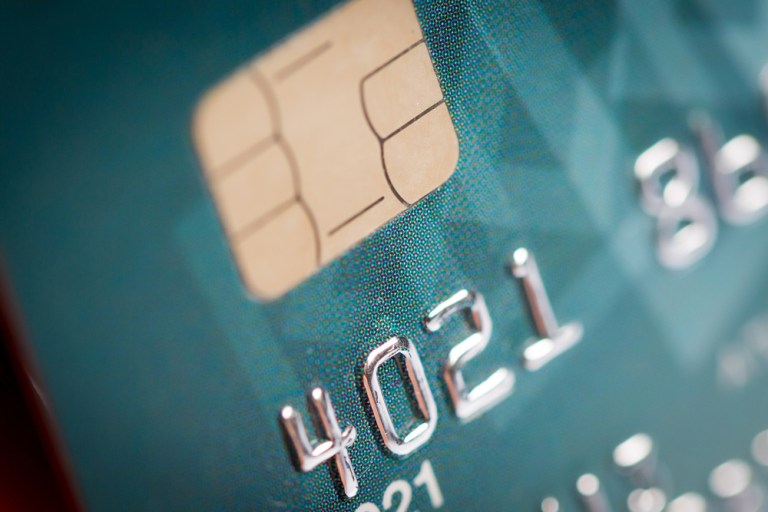
The good news about EMV is that it has drastically dropped the instance for cloned-card fraud that was far more endemic in the mag stripe era. The not as good news is that fraudsters were not discouraged — they simply switched their focus to card-not-present fraud online, according to Experian.
Experian’s data also noted that similar increases were seen in the U.K., France, Australia and Canada during their initial EMV rollout.
“We suspect that the EMV liability switch and increased adoption by merchants of chip- and PIN-enabled terminals have had a profound impact on driving up eCommerce attacks,” said the firm.
And fraudsters are getting more proactive — 2016 was a banner year for eCommerce fraud, powered by 1,093 breaches, according to the Identity Theft Resource Center, that made personal data and card information easier to get access to than ever. According to the Federal Trade Commission, the percentage of consumers who reported that their stolen data was used for credit card fraud basically doubled year on year from 16 percent in 2015 to more than 32 percent in 2016.
And according to Experian, the numbers are likely to go up a lot more before they start coming down.